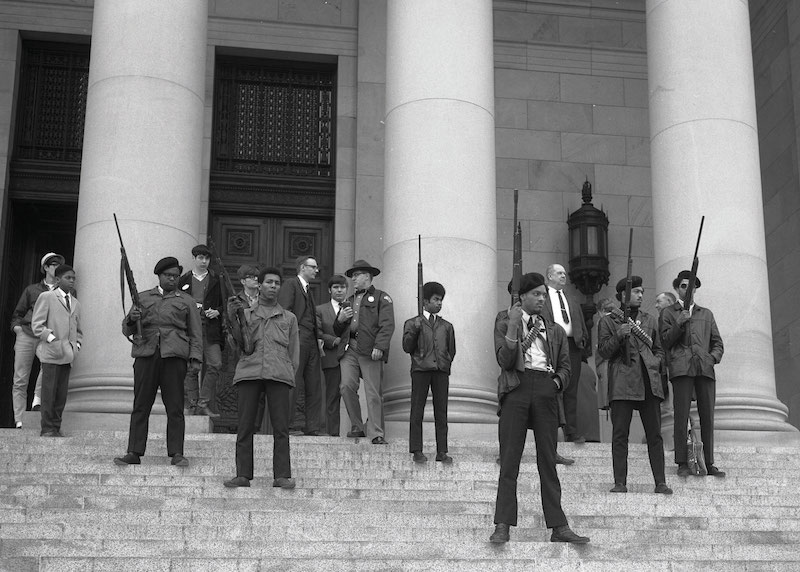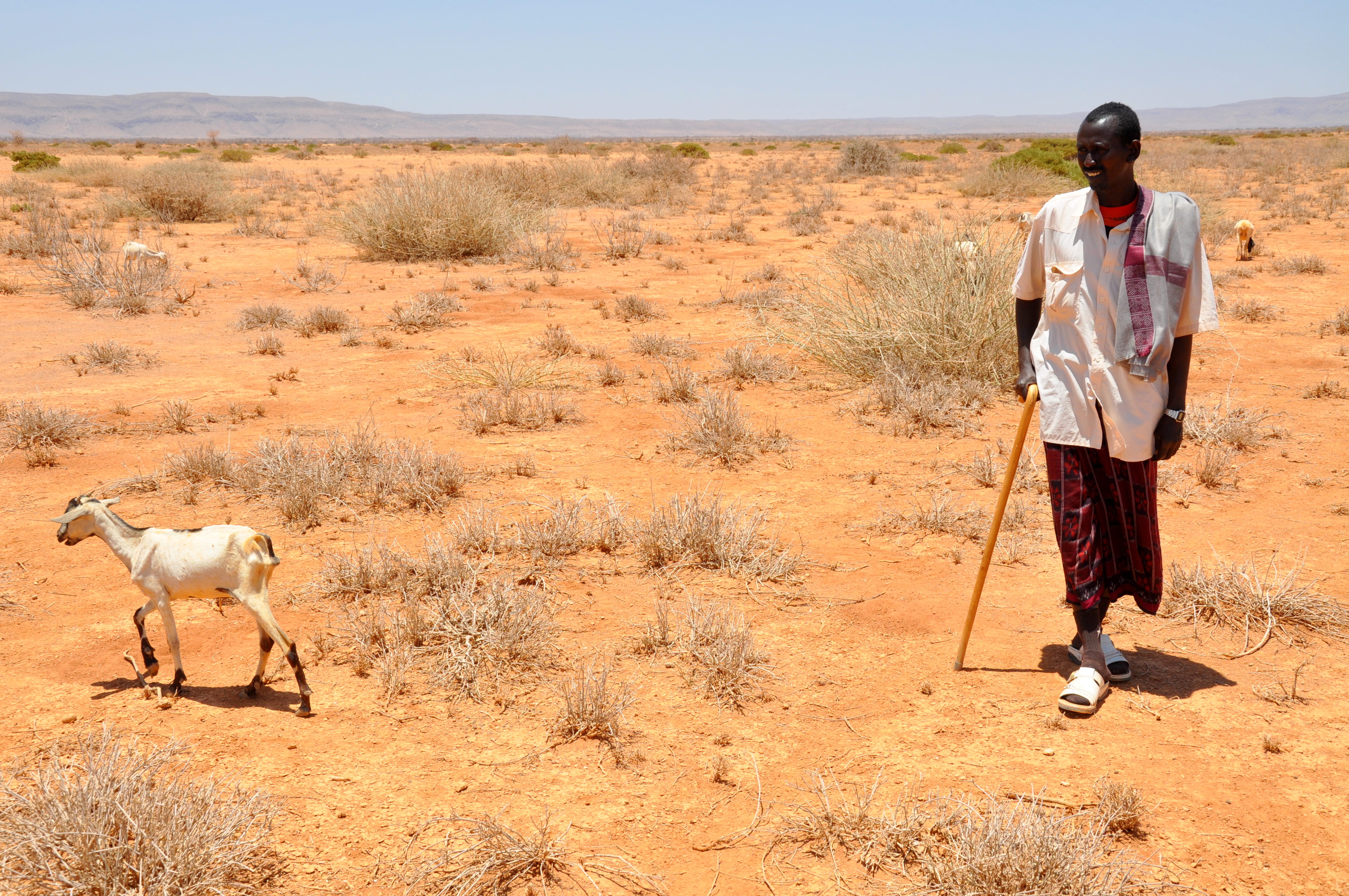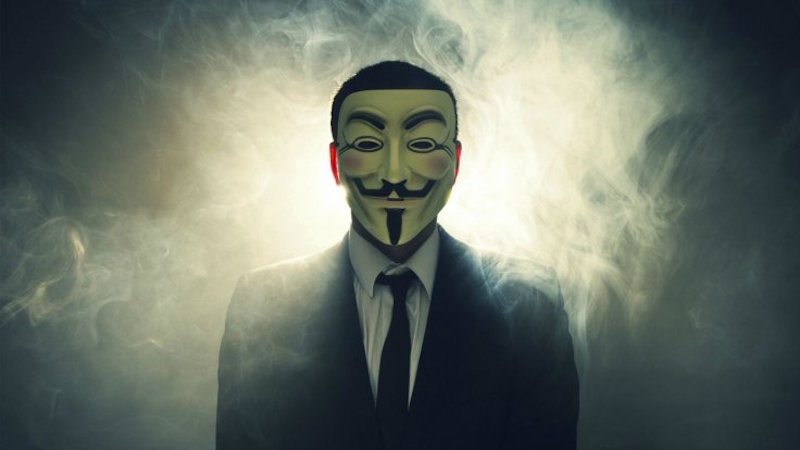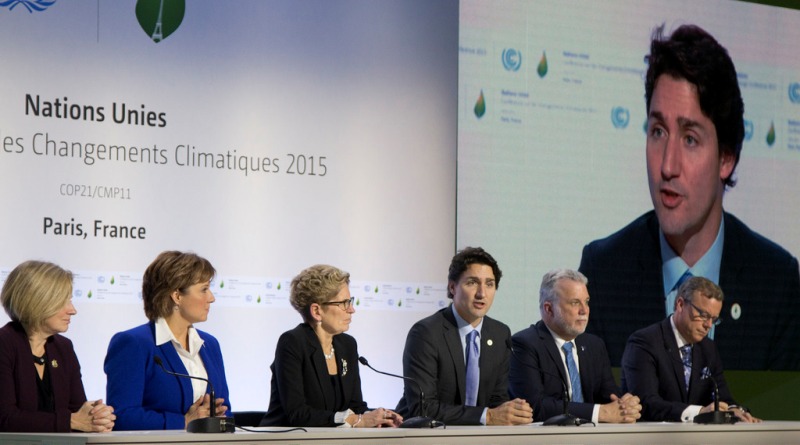The murder of 49 people at an Orlando LGBT nightclub last June left many Americans saying: enough is enough. But nothing changes. Since the start of this year, 258 mass shootings have taken place in the U.S. More than 9,600 lives have been lost to gun violence at large. The national death-by-firearms rate stands among the highest in the developed world.
Unsurprisingly, the Orlando nightclub shooting re-ignited public debate over America’s gun violence epidemic. In the wake of the massacre, Democratic Senator Chris Murphy filibustered for 15 hours to call for new gun control measures. House Democrats staged a sit-in for more than 25 hours the following week to force a vote (albeit unsuccessfully) on two previously defeated gun control bills, which would have expanded background checks and created a “no fly, no buy” watch-list.
Meanwhile, the GOP was host to National Rifle Association (NRA) Executive Director Chris Cox at its national convention in July. His speech lambasted Hillary Clinton for her platform points on gun reform. Equating the right to bear arms to the “right to protect your life,” he warned, “We are on the cusp of losing this great American freedom, and with it, this great nation.”
You have here a familiar divide: the liberals who want stricter gun control laws, and the conservatives who’d rather the wholesale protection of their Second Amendment rights. But neither side has a real handle on one key factor. It’s the dirty word of American politics: race.
That is, the politics of guns in America has a fundamentally racial dimension, one that implicates both gun rights and gun control. How so? Let’s start with the former.
At the root of conservative arguments for gun rights is the Second Amendment – common knowledge to many Americans already. It reads, “A well regulated Militia, being necessary to the security of a free State, the right of the people to keep and bear Arms, shall not be infringed.” For most of its history, it was understood as having secured each state the ability to form and maintain an armed civilian militia.
Conservatives and gun rights lobbyists have followed, however, what legal scholars call the Amendment’s “individualist” interpretation: that individual law-abiding Americans have the right to own and use firearms. In the landmark 2008 case, District of Columbia v. Heller, the Supreme Court notably ruled in favour of this view. There’s also a related strand of “insurrectionists,” who see the Second Amendment as necessary for civilians to take up arms and resist tyrannical rule, whenever and wherever it might arise.
Yet what’s crucial here is the historic reason why the Second Amendment came to be rather than its precise meaning (though the latter does remain up for debate). That’s because civilian militias and gun ownership served not the revolutionary need for a safeguard against tyranny, but slave repression and colonial control.
In the early days of colonial America, settler communities deployed militias to ward off Indigenous resistance. Once the threat of such attacks subsided, militias were repurposed for the slaveholding economy, whose rapid growth had given rise to fears of slave revolt. As early as 1690, South Carolina had brought in the patrol system, which enlisted community members – that is, White men – to keep order in the plantations, a practice that took hold eventually across most of the South.
Legal scholar Carl T. Bogus went so far as to argue that slave control was the central motive behind the Second Amendment. His 1998 essay in the UC Davis Law Review pointed to the 1788 Virginia ratifying convention, which saw anti-Federalists such as George Madison appeal to White Southerners’ fears that the federal government could undermine the slave system through the Constitution. What threatened Southern Whites especially was the potential loss of control over slaves and free Blacks, who made up close to 40 percent of Virginia’s population while being a sizeable demographic in other slave states. If Northern abolitionists ever got a hold of Congress, they could use their constitutional power over the militia to disarm it.
To the anti-Federalists’ dismay, the Virginia convention voted to ratify the Constitution. Yet, as Bogus’ theory goes, the Second Amendment was included in the Bill of Rights the following year to re-assure the slave states the federal government wouldn’t disarm their civilian militias, the foremost institution of slave control.
The racialized history of gun rights and the Second Amendment would go far beyond the constitutional compromise made for Southern slave states, nonetheless. Though slavery was abolished by 1865, the Second Amendment would never apply equally to Whites and Blacks. It’s where gun control would take on a racist legacy too.
Adam Winkler, UCLA law professor and author of Gunfight: The Battle over the Right to Bear Arms in America, knows this history intimately. He notes that Southern states quickly passed black codes to keep newly freed Blacks from actually being free in practice. Among these laws were prohibitions on gun ownership and militia service for former slaves, which left them defenseless against violent White backlash. All throughout the South, White militias – the most famous of which was Tennessee’s Klu Klux Klan – set out not only to persecute Blacks, but to seize the firearms they had kept after fighting for Unionists in the War or bought in the underground market.
The terrorization of Blacks during Reconstruction led to what’s perhaps one of the most overlooked aspects of the gun debate: for much of history, many Blacks saw the right to bear arms, even with its slaveholding origins, as vital for their survival.
Journalist Ida B. Wells captured this reality in her famous 1982 pamphlet, “Southern Horrors.” She wrote, “The lesson this teaches and which every Afro-American should ponder well, is that a Winchester rifle should have a place of honor in every black home, and it should be used for that protection which the law refuses to give.”
And while Blacks increasingly took up arms for self-defence against White supremacist attacks, the National Rifle Association (NRA), founded in 1871 to promote marksmanship among urban Northerners, stood at the forefront of gun control support. Throughout the 1920s and 1930s, the NRA lobbied for gun control laws in several states. It even helped Roosevelt write the first of such laws at the federal level, the 1934 National Firearms Act and 1938 Gun Control Act.
The rise of the Civil Rights and Black Power movements in the mid-twentieth century would re-inflame the racial divide over gun rights. Civil Rights leaders saw the need for Blacks to protect themselves and their communities with arms, given the prevalence of lynchings in the Jim Crow South and targeted killings of Black activists at the time. Before he embraced nonviolence completely, even Martin Luther King Jr. registered for a concealed carry permit, after his Alabama home was bombed in 1956 (though the local police were sure to reject his application).
Black Power activists took their affinity for gun rights and the Second Amendment a step further. They dismissed non-violence, in the words of Stokely Carmichael and Charles Hamilton, as “an approach black people cannot afford and a luxury white people do not deserve.” And, so, 30 Black Panthers made national headlines in May 1967 when they walked into the California State Capitol with shotguns, revolvers, and pistols. They decried the impending Mulford Act, a gun-control law that targeted the Panthers’ Oakland police patrols – themselves a response to anti-Black police brutality.
The protest led Governor Ronald Reagan, backed by the NRA and Whites from both ends of the political spectrum, to go forth and sign the Mulford Act, the first open-carry ban in the country. A national upsurge of urban race riots that same year, which many White Americans saw as the result of Black criminality or the onset of a political uprising, only mounted pressure for gun control further. President Lyndon Johnson, who ignored the federal Kerner Report that attributed these tensions to ongoing de facto segregation, poverty, and police brutality, went on to sign the Gun Control Act of 1968.
What about the ruthlessly ‘pro-gun’ NRA we know today? It would have yet to emerge until 1977, when its libertarian wing staged a leadership coup. From the late 1970s onward, this renewed NRA would take the stance that the right to bear arms applied to individuals, unlike Supreme Court opinion of the time. Race was vital to this change of course too.
For one, the NRA’s new command aligned itself with the conservative New Right coalition. Borne out of White resistance to the Civil Rights movement and desegregation, the New Right sought to push back against the liberal turn of American society, especially what it saw as too many ‘special rights’ being granted to Blacks and other marginalized groups. In the face of such change, the NRA’s individualist, anti-government ‘gun rights’ banner made way for White conservative men to mobilize and re-assert their rights.
In his book Gun Crusaders: The NRA’s Culture Wars, sociologist Scott Melzer explained this phenomenon: “NRA members simultaneously claim victim status, as endangered conservative, gun-owning white men, and hero status, as virtuous patriots protecting gun rights and thereby preventing U.S. citizens from losing all other rights and freedoms. They are victims of the culture war. They are heroes winning the culture war.”
It’s here where the face of gun rights activism would go from Black nationalists to White reactionaries – and would stay, for the most part, like that up until now.
What we’ve seen so far, then, are the ways the politics of guns have been deeply racialized throughout American history. Not only did the introduction of gun rights with the Second Amendment serve to protect the slave system, but, through gun control, Blacks would be denied those same rights in the face of White supremacist violence. When the NRA shifted from being America’s chief gun control lobby to the exact opposite, it did so as a platform for White conservative mobilization.
And today, race continues to shape the politics of guns profoundly. Read part two of this series to learn how.
Photo: Black Panther Demonstration, retrieved from State Governors’ Negative Collection (1949-1975) of Washington State Archives by CIROnline via Flickr. Licensed under CC BY 2.0.
Disclaimer: Any views or opinions expressed in articles are solely those of the authors and do not necessarily represent the views of the NATO Association of Canada.




